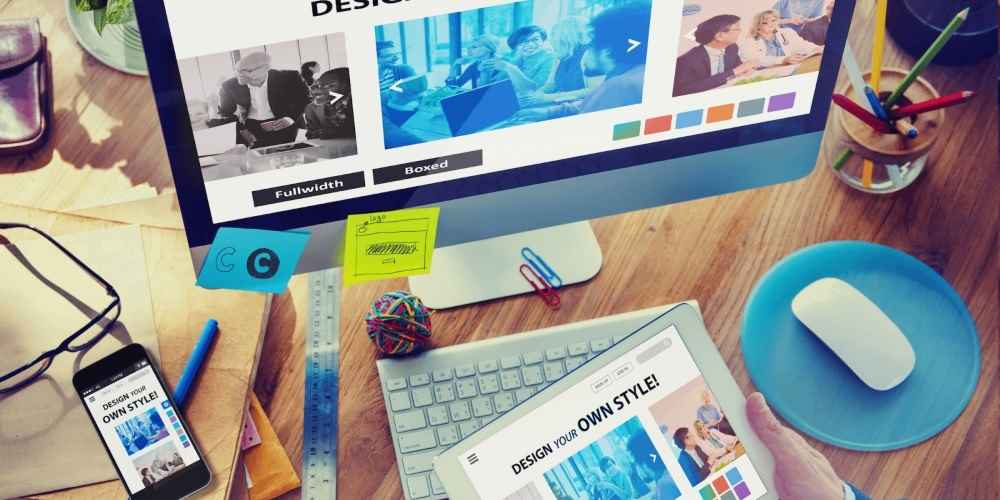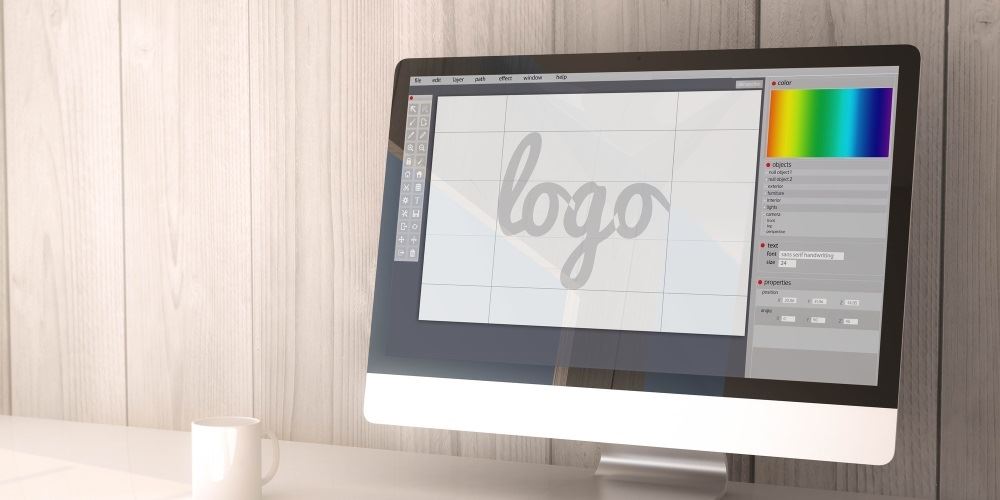Printed catalogues and directories have a long shelf life so they remain popular for companies who sell a large range of products. Consumer catalogues are still widely used for fashion, homeware, consumer electronics and gardens, while business-to-business catalogues are often used for components, machines, tools and other industrial products.
Keeping in mind the costs of designing, production, printing and postage, it’s important to get catalogue printing right first time. What are the secrets to a successful catalogue marketing? It starts with design and production.
Start by thinking about size and aspects. Common, economical sizes which are typically used for catalogue printing are B5 (240 x 170mm) A5 (210 x 148mm) or A4 (297 x 210mm). Do you want portrait or landscape? This might depend on your images, especially the size and quality, but it’s very much a personal preference. The widescreen look, A4 landscape, is a popular modern style. Calico can advise you on what’s best for your products.
Colour.
Most catalogues and directories are printed in 4 colours throughout, although sometimes a fifth colour, typically a Pantone (PMS), might be specified for a specific element, like a logo, to ensure colour consistency throughout. Calico has many clients who use metallic inks such as gold or silver for beautiful effects, especially on covers.
Branding and brand identity.
Catalogues are highly effective marketing tools for your brand. Newer brands may need to shout louder than established big players, so it’s important to prioritise your brand name and graphic identity. Strong brands typically use their name or trademarks for their catalogue name. Emerging brands must use a compelling catalogue name, but might also want to describe their products on the cover.










